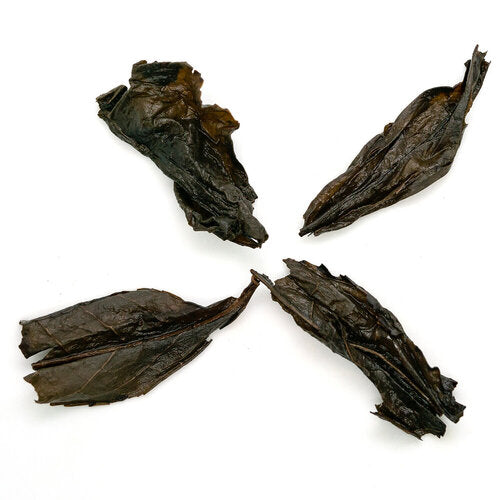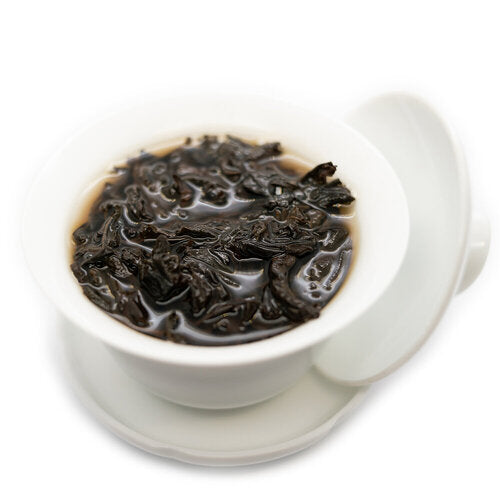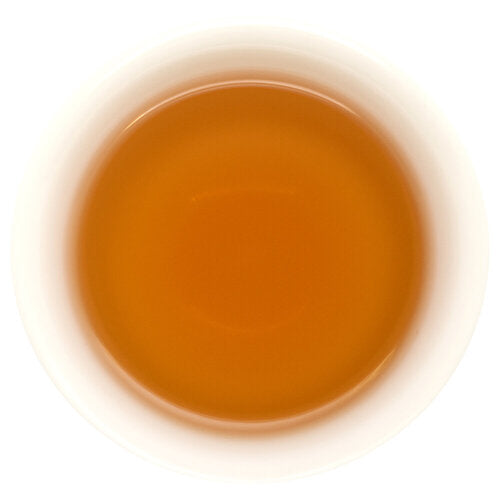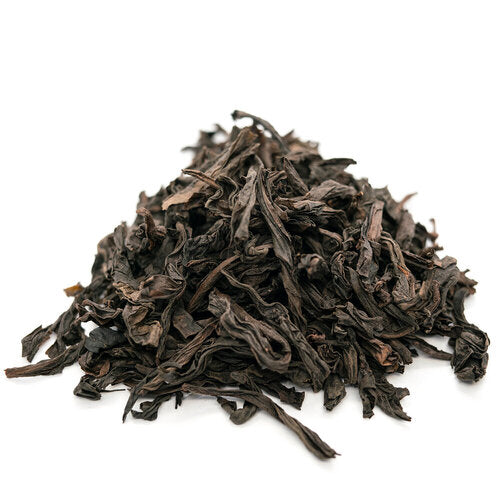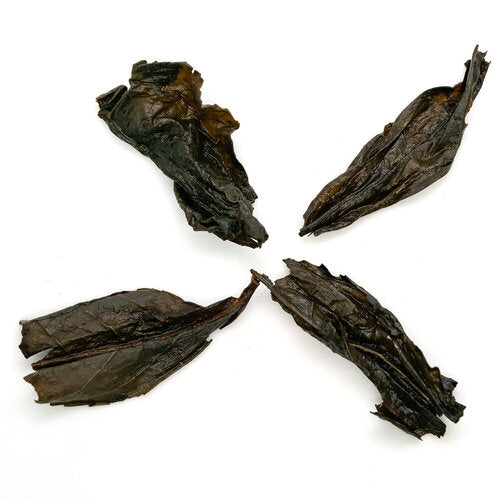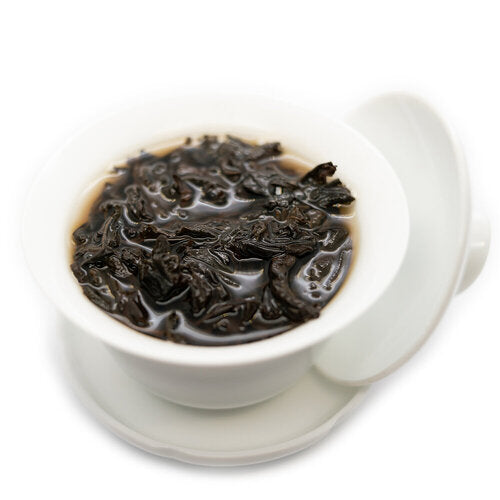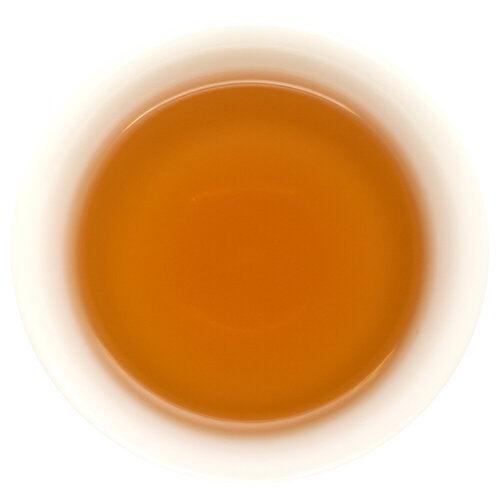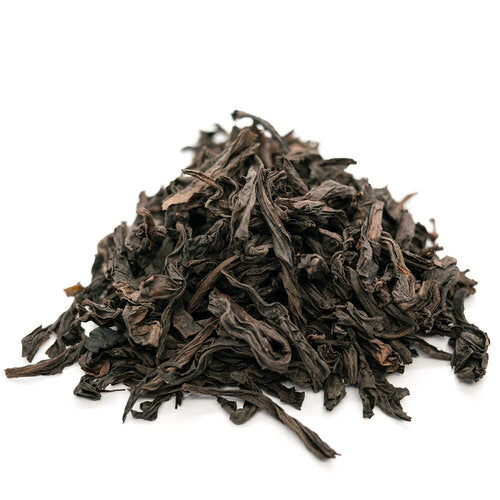Our Shui Xian comes from ancient trees in the most prestigious top terroir in Wu Yi Shan. Teas made from older Shui Xian trees are designated as Gao Cong (40-60 years old) and Lao Cong (above 60 years old). Well-made Gao Cong and Lao Cong have a highly prized mossy/woodsy note called Cong Wei that connoisseurs seek after.
Shui Xian is the Chinese name of Narcissus tazetta, commonly known as a daffodil in English. It is one of the most popular varietals in Wu Yi Shan and is one of the oldest and most stable varietals throughout southern China.
Shui Xian is known for having an impressively soft and broad body with a substantial downward mouthfeel. In comparison to other varietals, Shui Xian has a more subdued aroma. We taste delicate orchids in both aroma and aftertaste. Because of the age of the trees, our Shui Xian has the highly prized mossy/woodsy notes (Cong Wei) that connoisseurs seek after.
Yan Cha tea is made with only the leaves, making it one of the latest teas to be harvested each year, with Ban Yan picking time around early to mid-April and Zheng Yan early May. Our Shui Xian is made from three to five leaves in Zheng Yan terroir. Shui Xian has one of the largest and thickest leaves of all Yan Cha varietals, enabling it to withstand a more thorough roasting. After the teas are sufficiently wilted, they remain on bamboo trays for a few hours before being shaken or tumbled to manage enzyme activity. This step regulates how the water inside the leaves travels outward. The process is repeated every hour, 5-8 times throughout the evening and night until morning. Once the teas are acceptably fermented in the early morning, they are then wok-fried to kill the enzymes in the leaves to stop the fermentation. Fresh out of the wok when the leaves are still hot and soft, they are rolled vigorously to break the surface membranes to bring out more consistent flavors in the tea. The most tedious step in all Chinese tea making is the stem-picking step, which in Yan Cha’s case takes place for several months following the rough tea making. It is a step where undesired yellow leaves (old leaves) and stems are picked out by hand. The “cleaned” tea is then roasted on very dim charcoal ash for 8–12 hours, 1-3 times depending on the varietal, to make it a finished Yan Cha.
